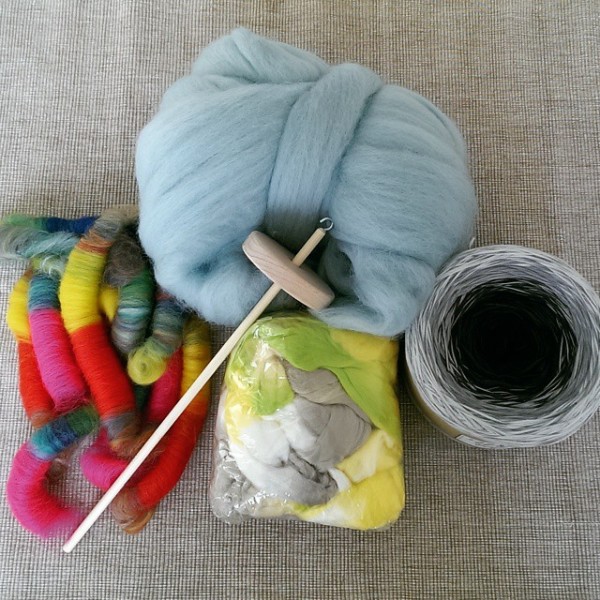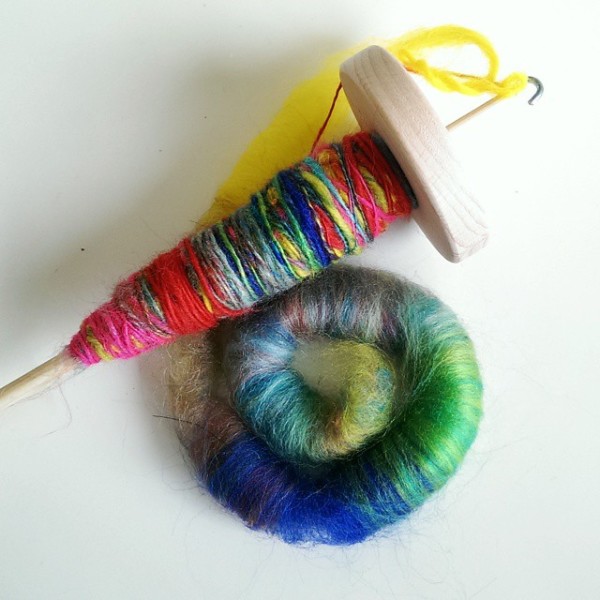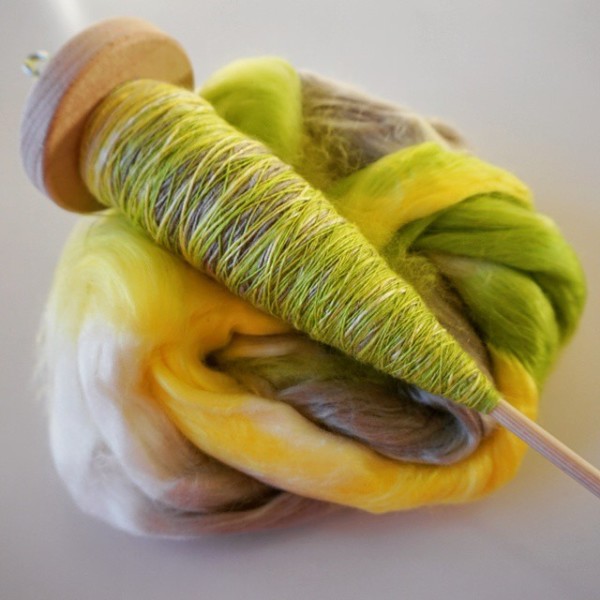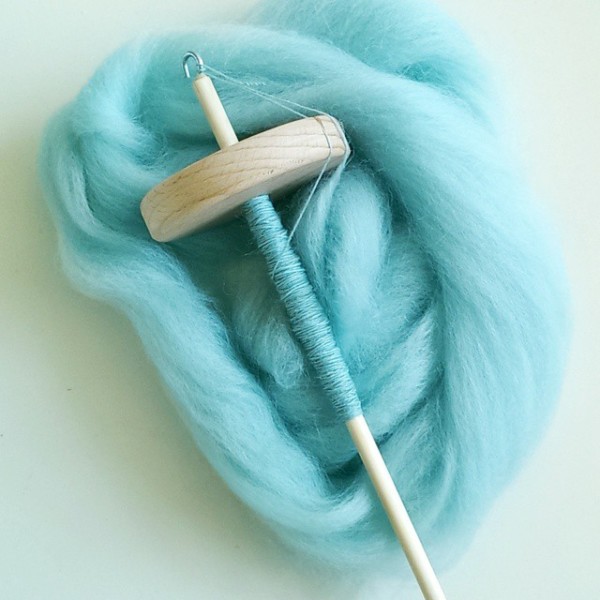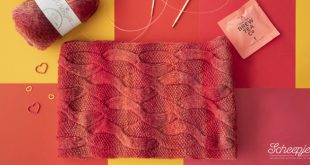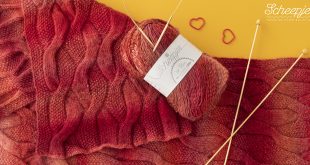Last year when I went to Breidag (craft fair) with some friends, I saw a lot of women spinning on drop spindles and spinning wheels and became intrigued. I also saw a lot of really beautiful spinning fiber that was waiting to be made into yarn. At that time I had specific projects in mind that I was looking to buy yarn for, so I didn’t really look into the spinning thing, but I made a mental note to get more info or possibly take a spinning class to see if I like it.
Fast forward a year to a few weeks ago when my friend Nerissa I visited Breidag again. This time my mission was different… I’d spent a year mulling over possibly giving spinning a go, watching YouTube videos and reading forums on Ravelry. I was going to buy a spindle and learn to spin!
Admittedly, when we got to the venue, we were both somewhat disappointed. Most of what we saw the previous year was nowhere to be found, and there were only two small stalls that had any spinning materials at all! The venue was dark, the women were pushy, and we both felt rather ‘meh’ about the whole thing. Thankfully, the ladies at the one spinning stand that was there were incredibly friendly and helpful. They had simple spinning kits for 10 euro that gave you a spindle and a small amount of fiber to practice on and showed us to the other (yes, singular) stand that had fiber for sale.
This is what I bought that day… spindle, fiber and ball of Limited by Wolcafe that I just couldn’t resist!
The red multicolored fiber is what came with the spindle. Apparently it’s called a “rolag” which they had to repeat to me about 10 times because for some reason I couldn’t get it into my head what they were saying. You have to admit, it’s a weird word.
I revisited some of the videos that I had seen earlier to get a refresher on how this whole thing worked. In the end I followed this video and started out with the park and draft method. I could see why this was a preferred method for beginners as it doesn’t require you to have to draft your fiber while the spindle is hanging, allowing you to hold it steady and work your fiber instead. It made it all much, much easier.
This is what I turned that rolag into… my very first spinning attempt!
Erm, yeah… it was a little all over the place with the thickness. Even with the park and draft method it really took some getting used to the feel of the fiber and how to get it to the thickness you want. Regardless, it was resembling yarn to some degree so I knew I was on the right path.
That fiber didn’t last very long so I moved onto the next. The green, grey and white fiber… only, there was something I didn’t realize. When I bought it I just bought what I thought looked good without really putting much thought into what it was. It was there, it was meant for spinning, it’s all good! Well, only sort of. I found the fiber a lot different to spin than the red mix above. It was very whispy, shiny, slippery and more difficult to handle. I figured it was just made differently or something and continued on with my business. Looking back at the original photo, the fact that the same amount of what I had in the blue in the green fiber fit into that small bag should have been my first clue that the fibers were vastly different!
I got much better as time went on but it was only once I had a look that I realized it wasn’t really wool at all, it was a man made, acrylic-like fiber called Bayardine. It is still meant for spinning, but apparently it’s really not the best choice for beginners… oops! Still, I had it going pretty good in the end!
I decided to keep going and do the first 50g of the 100g I bought, and towards the end it was really starting to even out and look like I actually knew what I was doing, even though it was a more difficult fiber to work with. I was also totally in love with the colors. Around the halfway mark I also started to gradually move on from the park and draft method to properly letting the spindle drop, which made me feel like a pro!
I chose to only do the first 50g of this fiber because I was really eager to move on to the blue merino I had bought to see the difference in the difficulty. I sort of consider the red fiber to be a wash because I struggled a lot with it, so I couldn’t really count that in comparing, but after doing more of the bayardine and getting more of a feel for spinning, I knew I’d be able to judge the difference more with the merino.
Ok, WOW!! There’s something to be said for times when you just don’t know any better. When I started spinning the bayardine I just thought that’s how spinning was and I learned along with that fiber. I had absolutely no idea how much easier it would feel when I switched over to the merino. Spinning with that made me realize just how different the bayardine was and why people said it was probably not for beginners. I definitely had a trial by fire because by comparison? The merino was so easy. Like, SO SO EASY!!
Honestly, I was astounded. The merino didn’t feel as soft (which tells you something about how soft the bayardine is) but it was still really nice. It also stuck to itself more so there wasn’t this constant slipping apart that I experienced with the other fiber. Dropping the spindle was easier, drafting was easier and keeping a more constant thickness was easier. It was also less difficult to correct mistakes if I somehow let the twist to too far and things like that.
Once I started with the merino I knew I was hooked. Well and truly hooked! As with most hobbies obsessions, I started scouring the internet looking at everything available for the craft. Oh my, spindles galore, and so many beautiful ones! I also saw an entirely different way of spinning with a spindle that I’m eager to try.
For now, I’m just spinning away with that cotton candy looking blue merino on my simple little drop spindle… but oh you KNOW there is more to come! Stay tuned!

